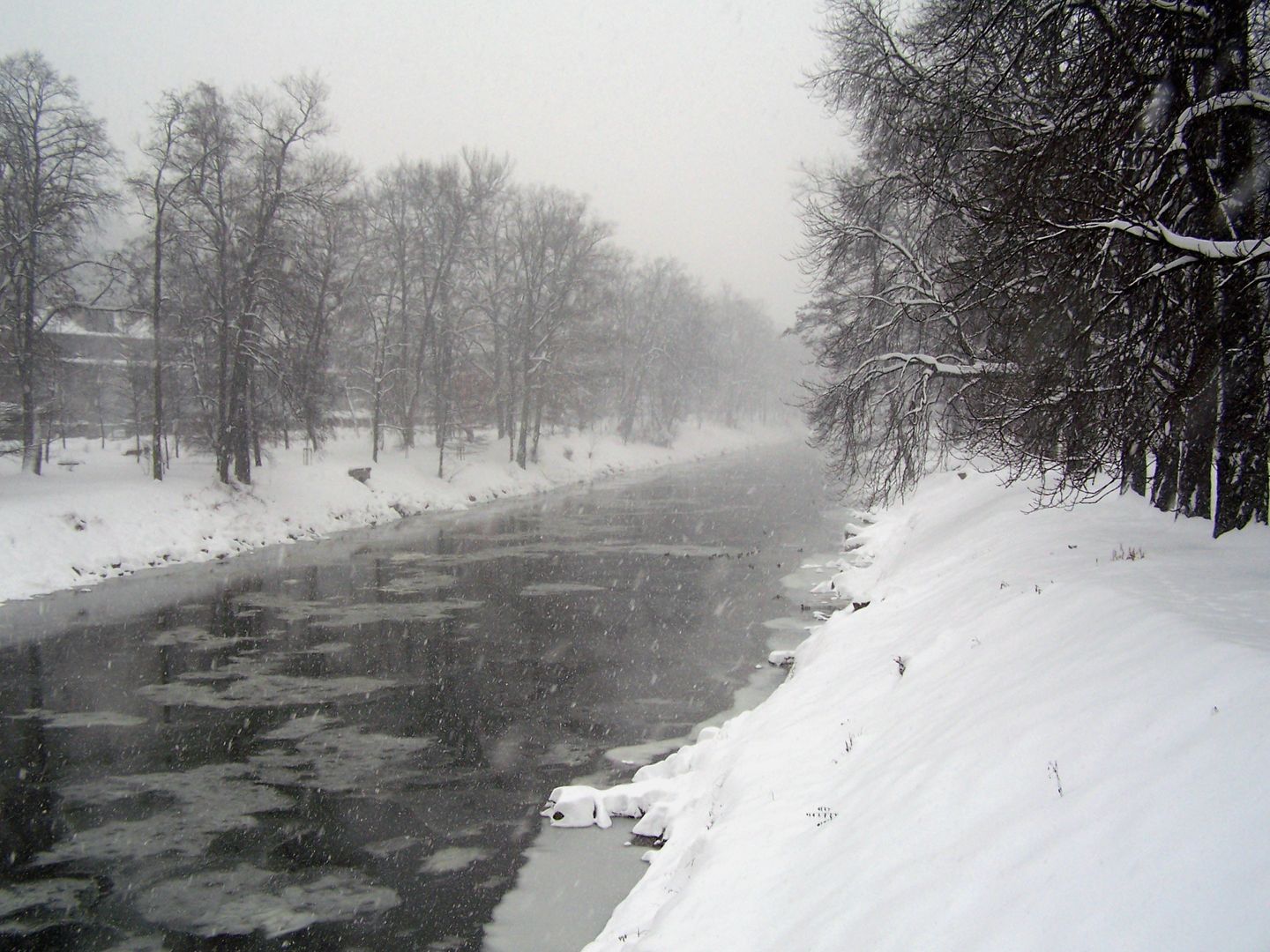Czech Cieszyn
6.67

Overview
Czech Cieszyn (Czech: Český Těšín) is a town in the Czech Republic, located near the border with Poland in the Silesian Foothills, known for its rich history, architecture, and cultural heritage. It is particularly notable for the division that took place on July 28, 1920, when after the end of World War I, the Cieszyn Silesia region was split between Poland and Czechoslovakia, resulting in the creation of two parts of Cieszyn: the Czech and Polish sides. Czech Cieszyn was established as a new cadastral municipality, encompassing areas that were formerly suburbs of Cieszyn, such as Brandys, Kamieniec, and Saska Kępa.
The town is characterized by architecture preserved from the 19th and 20th centuries, built in eclectic, Art Nouveau, and modernist styles, along with numerous monuments, including churches such as the Church of the Most Sacred Heart of Jesus and the Church of Divine Providence. Beyond architecture, Czech Cieszyn is also home to many national minorities, with Poles being one of the most significant groups. The town is an active center of the Polish community in the Czech Republic, with the local daily newspaper "Głos" and numerous educational institutions. Culture continues to thrive through initiatives such as the International Theatre Festival "Without Borders."
An important detail is that Czech Cieszyn was the site of prominent historical events, including military actions during World War II. Today, the town enjoys cooperation with Cieszyn in Poland, strengthening ties between both parts of the region. An interesting fact is the developing sports infrastructure, with the football club FK Český Těšín and the ice hockey club HC Wolves Český Těšín. The town also has numerous memorial sites, such as monuments and landmarks commemorating past events, which contribute to its unique character.
Location
Country
2025 Wizytor | All Rights Reserved